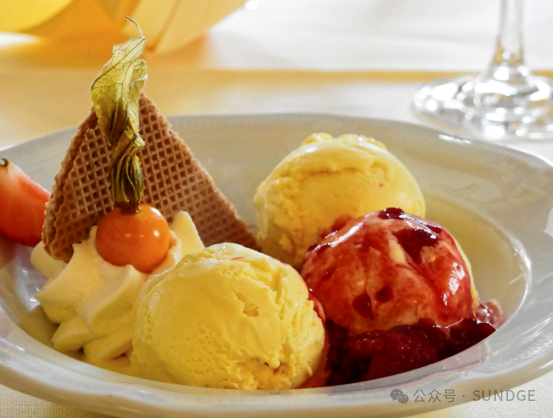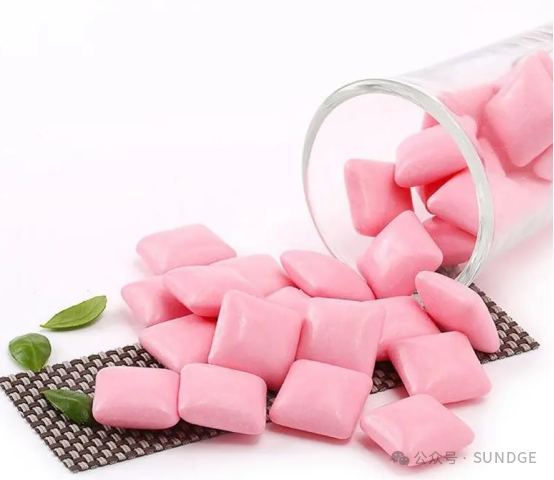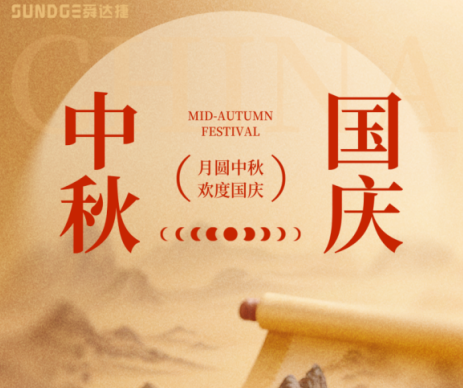Food additive – maltitol
Release time:
2024-06-05
1. Introduction
Maltitol is obtained by hydrogenation of maltose, which is a sugar alcohol that was first applied to low-calorie sweeteners, and has two products: one is a colorless crystalline product; The second is a colorless viscous liquid. In addition, there is maltowhole sugar alcohol powder, which is prepared by maltitol spray drying, except for the moisture ≤0.1%, and the rest of the indicators are the same as liquid maltitol.
The hemiacetal hydroxyl group of maltose is reduced to hydroxyl group and converted into maltitol, the sweetness is increased, the relative sweetness is about 0.9 times that of sucrose, the taste is pure, close to sucrose, but it is not digested, and it is not metabolized by oral microorganisms, it will not cause dental caries, and it is a low-calorie food sweetener, especially suitable for diabetics and obesity patients.
2. Functional characteristics
(1) Non-corrosive: Maltitol is not an acid-producing matrix, and almost completely does not lead to the synthesis of insoluble glycans by bacteria, so maltitol is extremely difficult to form non-corrosive new sugars for tooth decay.
(2) Promote calcium absorption: animal experiments have shown that maltitol has the effect of promoting intestinal calcium absorption and increasing bone mass and improving bone strength.
(3) Does not stimulate the secretion of insulin: maltitol is difficult to digest and absorb, and the blood sugar value rises less, so it has no stimulating effect on the secretion of insulin, which is necessary for glucose metabolism, so as to reduce the secretion of insulin. It can be seen that maltitol can be used as a sweetener for diabetics.
(4) Inhibition of excessive accumulation of body fat: If high fat and granulated sugar are ingested at the same time, the activity of lipoprotein decomposition enzyme increases due to the stimulation of insulin secretion, so it is easy to increase the accumulation of body fat. If maltitol is used instead of granulated sugar to make high-fat foods such as ice cream, cakes, and chocolate, it is expected to reduce excessive accumulation of body fat because it does not stimulate insulin secretion.
(5) Indigestibility: Maltitol can not be decomposed by saliva, gastric juice, small intestinal membrane enzymes, etc. in the human body, except for a part of the intestinal bacteria that can be used, the rest can not be digested and excreted.
3. Use
Maltitol is used in oral preparations, candy, food, non-carious, non-toxic, non-allergenic and non-irritating.
(1) Low-calorie functional sweeteners
A total of 38 patients with diabetes mellitus were tested acutely, and there was no significant difference in blood glucose between the 1 h and 2 h after taking maltitol and the control group. In 4 diabetic patients, 20g of maltitol was taken daily for 40 consecutive days (two courses of treatment), and there was no change in blood glucose, blood lipids, kidney function and liver function, indicating that diabetic patients could consume maltitol. Maltitol is relatively stable to heat and acid, and its viscosity is 2 times greater than that of xylitol and sorbitol. Therefore, maltitol can replace sucrose and is widely used in sugar-free fillings and sugar-free foods.

(2) Used as a fat substitute
Sugar alcohol is an effective emulsifier and foaming agent for cakes and cream, using the emulsifying stability of sugar alcohols to produce oil, water-based emulsified margarine, not only high quality, but also used in food production to make food oily and smooth structure characteristics, so the use of maltitol as a fat substitute to produce low-calorie food, can maintain the original flavor and structure of fat food.
(3) It is used as a sweetener for high-fat foods such as ice cream, cream pastries, and toffee, which can inhibit the accumulation of fat in the body and prevent obesity.
(4) It is used to process chewing gum, candy, cakes, beverages and children's and elderly food, which can promote the absorption of calcium by the human body and prevent tooth decay and senile porosity.
(5) Maltitol has a soft and pure sweetness, does not color when heated to 150 °C, and does not cause Maillard reaction when heated with amino acids, which is suitable for processing high-grade hard candy, toffee, crystal toffee, etc. In addition, maltitol has an excellent color protection effect, which is used to process preserved fruits, jellies, pickles, etc., and can prolong the shelf life of fruits and vegetables.
(6) Maltitol has good moisturizing properties and non-fermentation properties, and is used in bread and pastries to extend the shelf life.


RELATED NEWS
Copyright © Nanjing Shundajie Chemical New Materials Co., Ltd. Powered by www.300.cn











